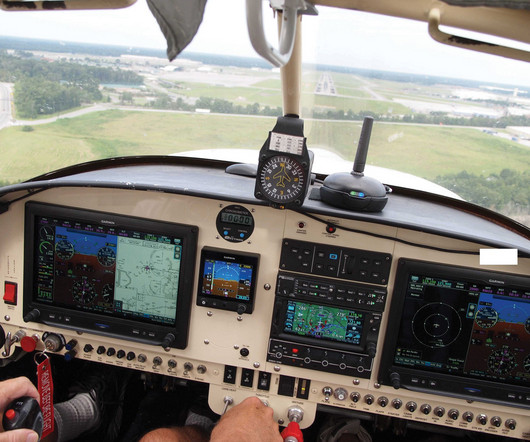RNAV Approaches Simplified: A Guide for New Pilots
Pilot Institute
FEBRUARY 15, 2025
Theyre especially useful for airports that dont have the budget or suitable terrain to install an Instrument Landing System (ILS). This makes more airports accessible under Instrument Flight Rules (IFR). But at some point, you have to switch to looking outside to land the aircraft. So, when do you make that switch?













Let's personalize your content